We start Unit 2 by meeting a new family. The Roman aristocrat, Salvius, is the head of the household. A successful lawyer and senator in Rome, he's been sent to Britain to help to run the province. His family includes his wife, Rufilla, and many slaves, some of whom are Britons, others foreign. You'll get to know quite a lot about Salvius in this Stage!
Digital Activities
These sections have been moved to the Cambridge Elevate platform. Please click below to go to Elevate. Elevate
WebBooks
The Stories
Practising the Language
Please note: the Cultural Background weblinks section has been removed.

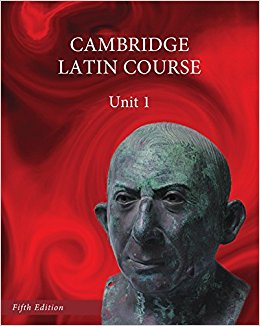












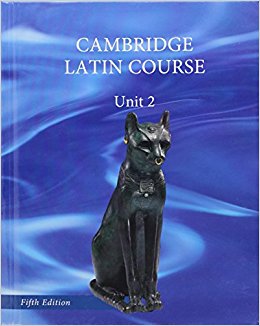








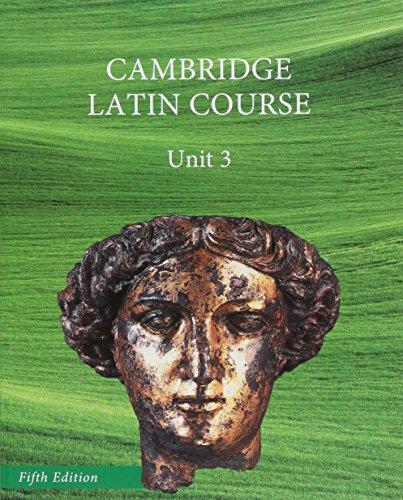













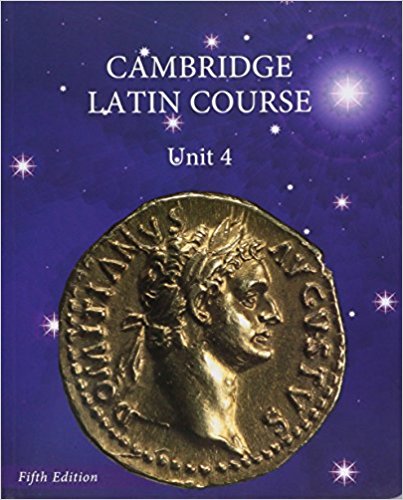














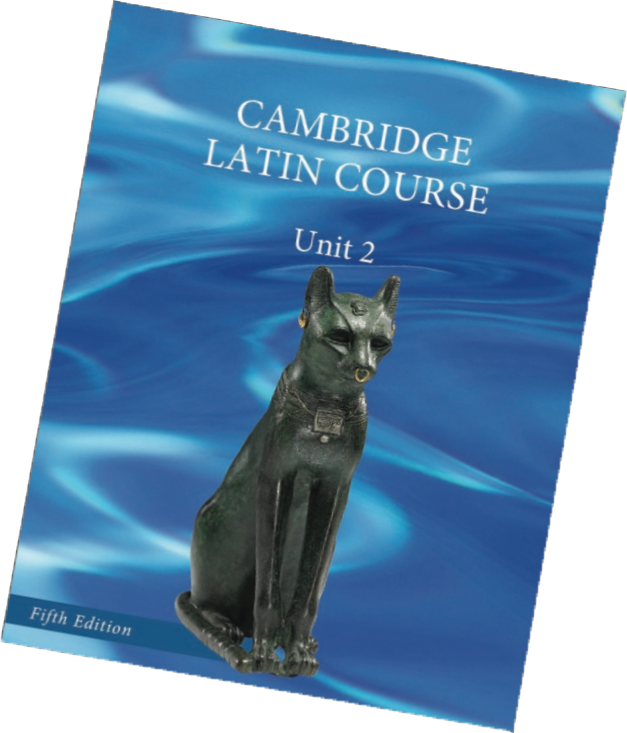

 CSCP on Twitter
CSCP on Twitter